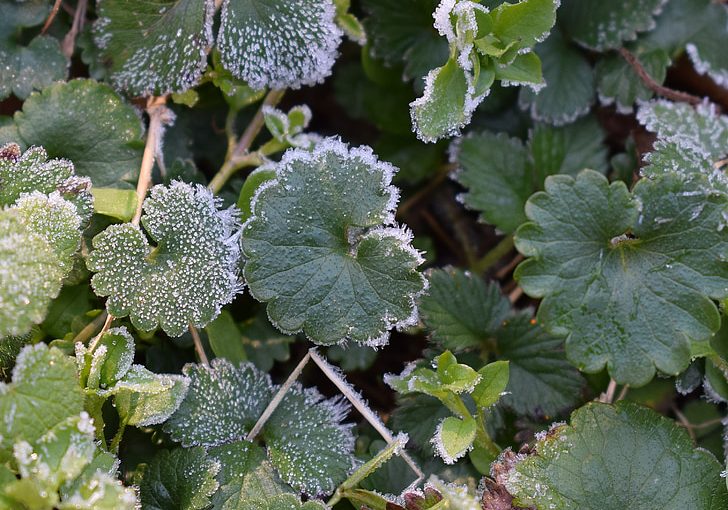Roots are the unsung heroes of plants! But unfortunately your every day hard working root gets little respect from gardeners. “We are so taken for granted” whined Radix– “Its just so hard, we are all down here in the dark, nobody see’s us, we get no admiration, yet we work so hard!”. Radix is your every day “working root” mostly ignored by gardeners. Even though the seasons change, and leaves come and go, Radix is growing most all the time! Gardeners love the color of flowers, the texture and shape of foliage, the architecture of tree tree branches and admire all the things plants do above ground. They beautify the world, provide us food, and provide oxygen for us to breathe. We heap our admiration on above ground functions of plants, but without Radix, and all the other roots, the above ground parts would perish.

Growing plants is about growing the whole organism. We may pick the fruit, admire the flowers, or rest under the shade, but none of it would be possible without proper care of root systems. Roots have varied functions—they provide anchorage so the plant can stand upright; they absorb minerals and water; and they store energy in form of starch. Plant shoots grow in the realm of light and much of their adaptations revolve around catching sunlight. Their atmosphere is mostly nitrogen and oxygen. Roots grow in the realm of soil and darkness, their atmosphere is oxygen restricted and dominated by carbon dioxide and even toxic gases like sulfur dioxide, and methane if soil conditions become saturated. Just like all parts of plants, oxygen is required by roots to respire or utilize chemical energy for their growth. Poor Radix can choke if the oxygen supply is limited.
Shoots live in a herbivorous world. Plants get eaten by animals. Because they have buds of all kinds they can grow back, leaves may contain alkaloids and other molecules that reduce herbivory, and plants can arm themselves with spines, thorns and prickles, but roots live in a microbial world. While microbes can grow on most plant surfaces, the root system is bathed in microbes (the soil food web). Not only do roots have to defend themselves underground but they have specific alliances that let them do that! As you know from some of my other blogs, root pathogens can kill all ages of plants from seedling to mature oak trees. The happens when pathogens (which are opportunists) are not well regulated by soil microbes, or when plant root systems are stressed in some way. Large populations of soil bacteria, fungi, nematodes and arthropods limit the development of opportunistic pathogens. These organisms are supported by soil carbon or organic matter which is essential to their abundant reproduction in soil. This carbon is best supplied to root by mulching with freshly chopped Arborist chips.

Roots store carbohydrates made in leaves as starch. This stored energy can be used for their growth or redistributed through the plant later. In order for stored starch to be used, it must be converted back to glucose (by enzymes) and then broken down through chemical respiration. These processes take oxygen which is limited in soil as a function of depth. The deeper you go the less oxygen. This is why trees and most plants have roots in the upper foot or so of soil. This upper foot of soil is sensitive and fragile. It can be compacted by foot traffic or equipment and lose oxygen content. Weed barriers, fabrics, and sheet mulching deprive soil of gas exchange, and the amount of carbon dioxide increases at the expense of oxygen under these barriers. Too much water can fill soil pore spaces causing saturation that usually contain oxygen and decrease the amount of available oxygen since it does not dissolve well in water. All of this also applies to the soil microbial communities which also require oxygen to grow and thrive.

So how do we respect Radix and all the other hard working roots? Promote soil health by avoiding tillage and cultivation. Use Mulches made from fresh tree trimming chips, avoid compacting soils with machinery, and do not shock soils with excessive application of manure, fertilizer, or water which can perturb the microbiology of a soil. I also suggest you learn to admire roots for all that they do for plants in your garden. Check in with Radix every now and then by digging down and looking at root systems. See if they are growing. Try to learn the seasonality of peak root growth so that you avoid practices that may harm roots during their critical growth periods. Be alert to the symptoms of root rot on garden plants especially at the tops of plants such as leaf drop, shoot dieback and wilting.



